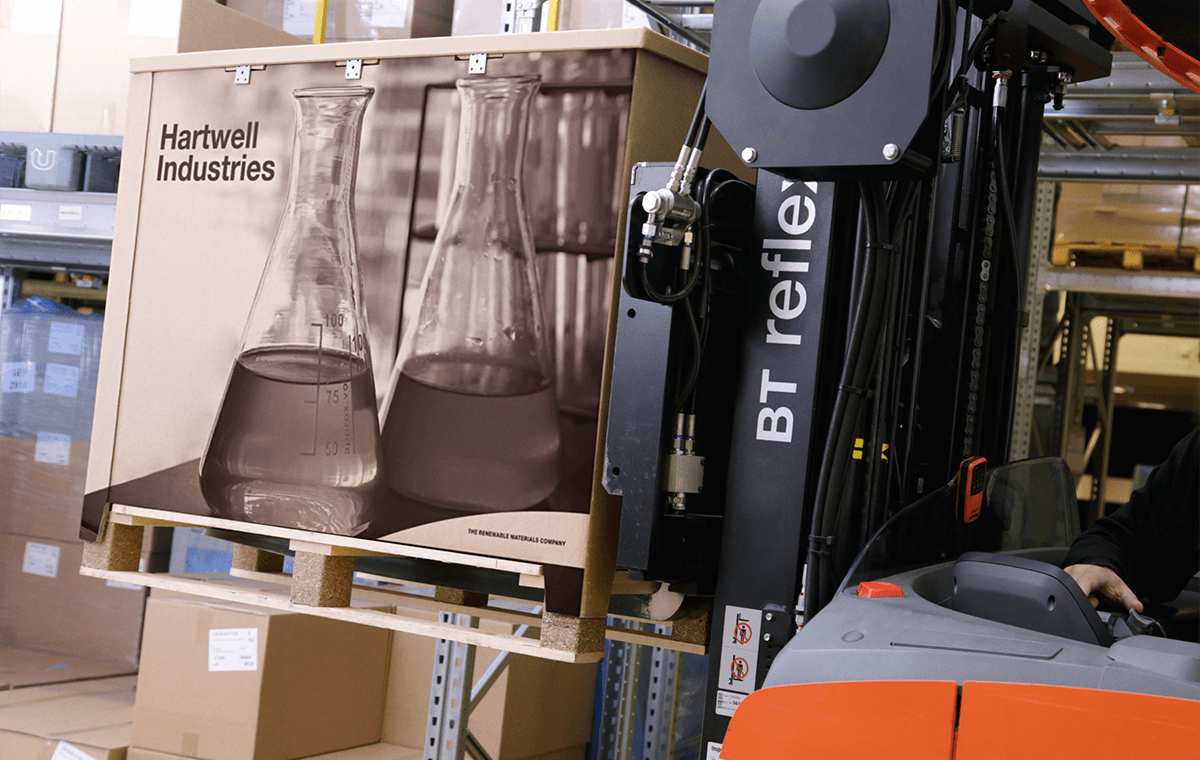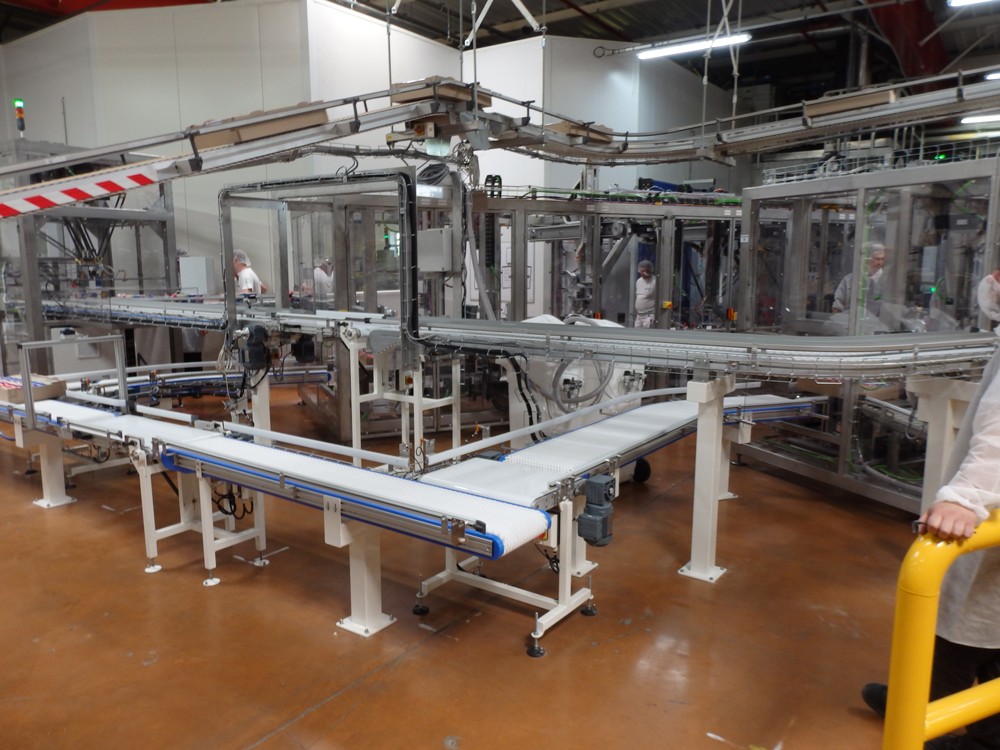Plastic Container Manufacturer Quality: Crafting Solutions for You
Efficient Industrial Recycling Solutions for Lasting Product Packaging: A Comprehensive Overview
In today's increasingly environmentally-conscious globe, the need for lasting packaging options has never been higher. To satisfy this need, services throughout industries are proactively looking for effective industrial recycling solutions. Navigating the complicated landscape of lasting packaging can be challenging without a thorough guide. That's where this detailed guide on effective industrial recycling remedies for lasting packaging comes in. By discovering essential areas such as product packaging product option, designing for recyclability, applying recycling facilities, working together with reusing partners, and tracking and determining reusing success, this overview will furnish you with the understanding and devices required to make informed decisions and drive positive adjustment within your company. Whether you're a product packaging expert, sustainability supervisor, or merely thinking about the subject, this guide will offer important understandings and methods to assist you navigate the globe of sustainable product packaging.
Product Packaging Product Option
The choice of packaging products plays a crucial role in guaranteeing the sustainability of industrial reusing options. When it pertains to lasting product packaging, the option of products is type in reducing ecological effect and maximizing reusing effectiveness. Choosing the ideal products can help in reducing waste generation, conserve sources, and promote a round economic situation.
Products like cardboard, paper, glass, and specific types of plastics can be reused several times without losing their high quality. On the various other hand, materials that are tough to recycle, such as non-recyclable compounds or mixed plastics, can develop challenges for the reusing process and might end up in incinerators or landfills.
An additional consideration is making use of eco-friendly and biodegradable products. Product packaging made from eco-friendly sources, such as plant-based plastics or biopolymers, can help decrease dependence on nonrenewable fuel sources and alleviate environment modification. Additionally, naturally degradable materials damage down naturally with time, lowering the build-up of waste in landfills.
In addition, the weight and volume of packaging products should be reduced to reduce transportation expenses and power intake. Light-weight materials not only need fewer sources throughout manufacturing but likewise add to decrease carbon emissions throughout transport.
Designing for Recyclability
Packaging designers ought to prioritize the use of products that are widely accepted for recycling and have established recycling infrastructures. Products such as glass, aluminum, and specific kinds of plastic, like PET and HDPE, are commonly recycled and need to be chosen over materials that are pricey or hard to recycle.
One more crucial consideration in making for recyclability is the removal of unnecessary parts or materials. By reducing the variety of layers, finishes, and extra components, product packaging can be made less complex and easier to reuse. In addition, developers must aim to decrease making use of blended products, as they can complicate the reusing process.

Implementing Recycling Framework
Efficient execution of recycling framework is important for the success of industrial reusing services. Without proper framework in place, the reusing process becomes inefficient and ineffective, impeding the total goal of sustainable product packaging.
To apply recycling facilities efficiently, a number of crucial aspects require to be taken into consideration. First of all, there need to be a well-organized collection system that helps with the splitting up and collection of recyclable products. This can include assigned reusing bins in public rooms, in addition to partnerships with waste administration firms for curbside pickup and sorting.
As soon as gathered, the recyclable products require to be delivered to reusing centers in a prompt way. This needs reliable logistics and transport networks, making certain that the products get to the ideal centers immediately.
At the reusing facilities, advanced sorting and processing technologies should be in place to separate various kinds of products effectively. This includes using automated sorting devices, optical scanners, and hands-on sorting strategies.
Additionally, there must be a durable market need for recycled products. This can be attained through partnerships with makers and industries that use recycled materials in their manufacturing procedures. Producing a secure market for recycled materials incentivizes the reusing industry and advertises the circular economic climate.
Working Together With Recycling Allies

One secret aspect of collaborating with reusing partners is the facility of clear communication networks. It is very important to establish open lines of interaction to assist in the exchange of information, updates, and responses. This enables both events to remain informed concerning the development of recycling campaigns and attend to any type of difficulties or issues that may develop.
In addition, cooperation can include joint initiatives in making and executing recycling programs. Recycling companions can give beneficial insights and guidance in establishing reliable collection systems and establishing the most appropriate recycling innovations. By working together, organizations and recycling companions can optimize the reusing procedure and minimize waste.
Moreover, collaboration can expand past the operational elements of reusing. It can additionally incorporate advocacy and education campaigns. By joining forces, organizations and recycling partners can elevate recognition concerning the value of recycling and promote the fostering of lasting packaging practices amongst customers and other stakeholders.
Tracking and Measuring Recycling Success
To make certain the performance of industrial recycling options and the achievement of sustainable product packaging goals, it is essential for services and their recycling partners to develop an extensive system for monitoring and gauging recycling success (processing company). Gauging and tracking recycling success allows organizations to evaluate the impact of their reusing initiatives, identify locations for enhancement, and set significant targets for future progression
One method to track reusing success is through directory making use of data collection and evaluation devices. By collecting data on the amount of product packaging waste created, the percent of waste that is reused, and the kinds of products being reused, organizations can obtain beneficial understandings into their recycling efficiency. This information can then be evaluated see this website to identify fads, patterns, and locations of ineffectiveness.
One more essential aspect of monitoring and gauging recycling success is establishing clear and standard metrics. This enables companies to compare their performance versus market benchmarks and track their progression in time. Metrics such as reusing prices, waste diversion rates, and greenhouse gas exhausts can supply a quantitative measure of a business's reusing success.

Conclusion
In conclusion, implementing effective industrial recycling options for sustainable product packaging needs mindful consideration of packaging product option, creating for recyclability, applying recycling infrastructure, working together with reusing companions, and monitoring and determining recycling success. By incorporating these methods, businesses can add to a more lasting and environmentally-friendly technique to packaging, minimizing waste and promoting the circular economy.
By discovering key locations such as product packaging material option, designing for recyclability, applying recycling facilities, collaborating with recycling companions, and monitoring and measuring reusing success, this overview will furnish you with the expertise and tools needed to make enlightened decisions and drive positive modification within your company. Packaging designers must useful site focus on the use of materials that are extensively approved for recycling and have actually developed recycling infrastructures.Cooperation with recycling partners is necessary for the successful application of industrial recycling solutions and the success of sustainable product packaging objectives. By signing up with pressures, businesses and recycling partners can elevate understanding about the relevance of reusing and promote the adoption of sustainable product packaging methods amongst customers and other stakeholders.
By gathering information on the amount of product packaging waste produced, the portion of waste that is recycled, and the kinds of products being recycled, services can obtain useful understandings right into their recycling performance.